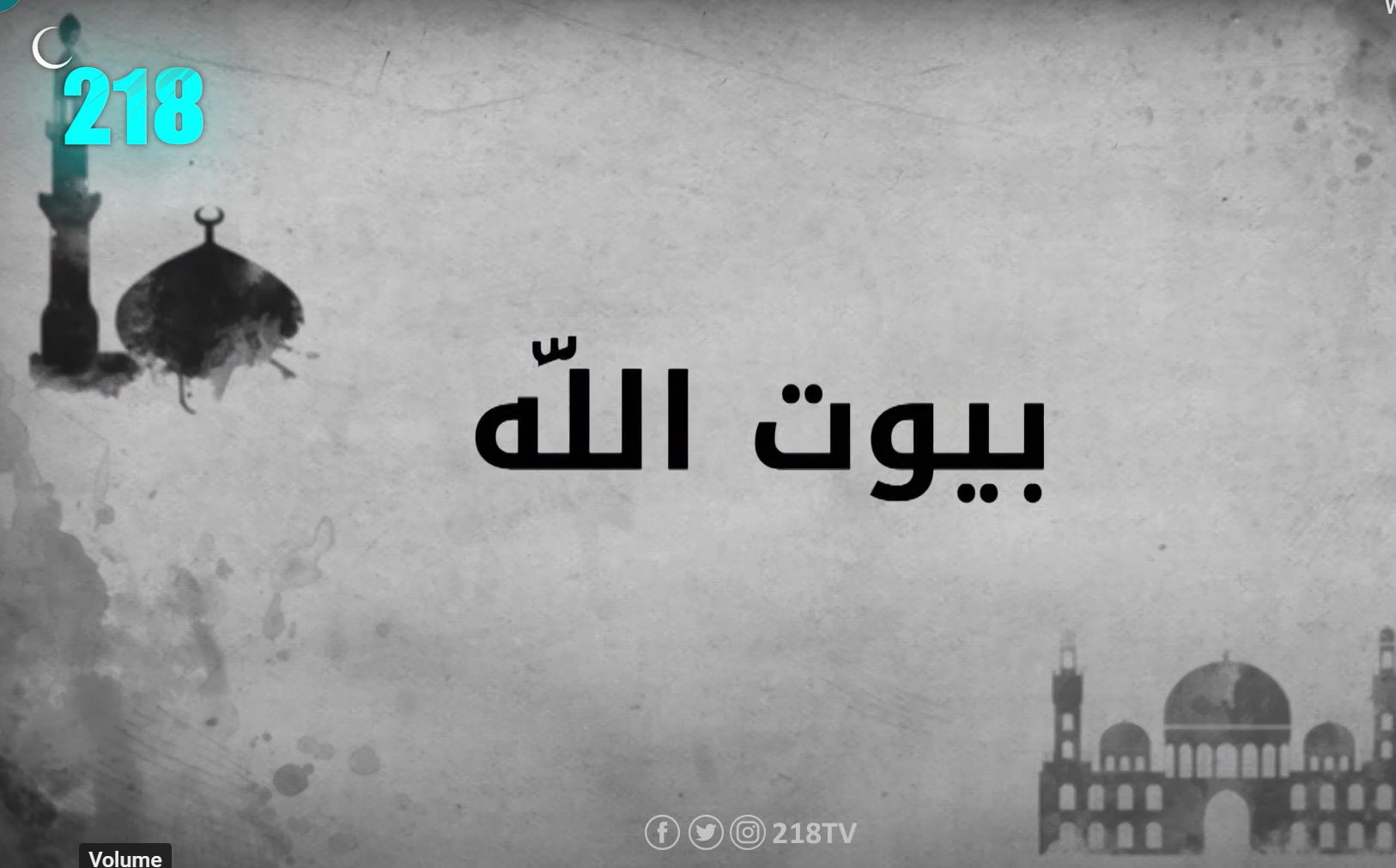
It is organized on a “T” plan. This tradition has existed since the construction of the Great Mosque of Kairouan in the ninth century, and is also found in Spain. It is in fact a hypostyle Arab plan, that is, with a large courtyard surrounded by a portico and a prayer room with columns. The naves are perpendicular to the qibla wall, that of the centre being wider; and the span that runs along the qibla wall is also magnified, which forms a T, hence the name. The mihrab is treated as a very deep niche, and the minaret, 77 m high, is of square section, according to the tradition of the Muslim West.
The minaret is later (completion in 1196), is more decorated: we notice in particular an important work of interlaced arches (sebka). It is surmounted by three golden copper balls which would symbolize the three mosques of Islam Kaaba (Mecca), Medina, and Jerusalem. It served, among other things, as a model for the Giralda in Seville.
The external decoration of the minaret is different on the four sides: painting on plaster with floral and epigraphic ornaments, network of interlacing in relief where the paintings are interspersed, headband of earthenware with white net on a turquoise background, sometimes intertwined arcades. It is built in schistose sandstone originating from the Guéliz quarries. Admirably proportioned: 12.80 on a side for 69 in height with the skylight (77 m to the tip of the arrow), with an exterior wall of 2.50 m. In the centre of the tower, an outer core houses six superimposed rooms. Around it, a gently sloping ramp leads to the walkway.
The platform is surrounded by a walkway protected by a jagged balustrade of merlons. The lantern, 16 m high, appears as a second minaret placed on the first. It is surmounted by a metal rod to which are attached four golden balls of decreasing size, the largest being 6 m in diameter. They are made of gilded copper plates riveted together.
Disclaimer : Mopsqpedia is a non-profit database. All images featured in the database are sourced from various references, publications, and websites related to mosque architecture. Mosqpedia does not claim ownership of any images unless explicitly stated. Images are provided solely for educational and bibliographic purposes. Mosqpedia disclaims any responsibility for copyright infringements related to the images displayed. Users are responsible for verifying copyright status and obtaining permission from original sources if they intend to reproduce, distribute, or use any image beyond fair use.
I agree to the terms outlined below:
You agree to upload and assign Mosqpedia Database the rights to use the content worldwide and in perpetuity across all current and future media platforms. Mosqpedia Database may edit, copy, adapt and translate your contribution.
The content will be distributed under the Creative Commons Attribution-Deed – Attribution-NonCommercial-NoDerivatives 4.0 International – Creative Commons
All data will be stored in line with data protection regulations.
I agree to the terms outlined below:
You agree to upload and assign Mosqpedia Database the rights to use the content worldwide and in perpetuity across all current and future media platforms. Mosqpedia Database may edit, copy, adapt and translate your contribution.
The content will be distributed under the Creative Commons Attribution-Deed – Attribution-NonCommercial-NoDerivatives 4.0 International – Creative Commons
All data will be stored in line with data protection regulations.